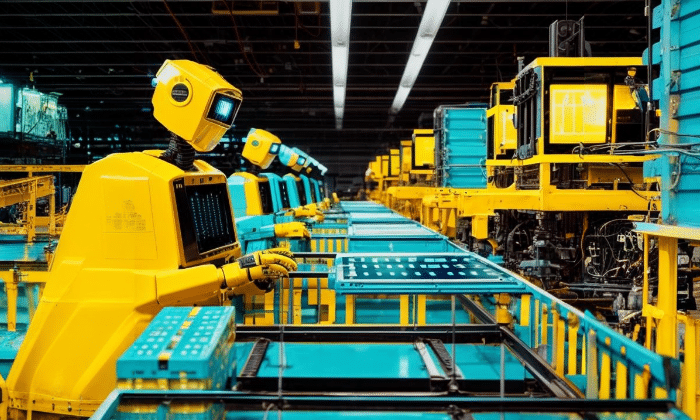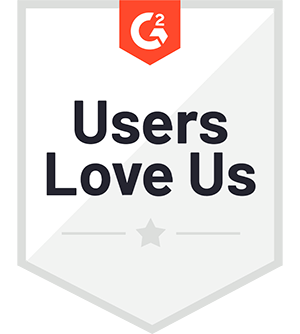In the latest episode of Data in the AI era, host Peter Finter sits down with Heidi Lanford, a seasoned data and analytics leader with experience driving AI adoption at organizations like Fitch Group and Red Hat. Now a co-founder at NavAlytix AI, Heidi brings fresh insights into why AI projects succeed or fail and how businesses can overcome common obstacles to unlock true AI-driven transformation.
Be first in line to hear our next podcast by subscribing to our YouTube channel, Apple Podcasts, Spotify or your chosen podcast platform. If you have any questions you would like us to tackle in a future episode or want to provide some feedback, reach out to the team at podcast@kx.com.
Show notes
AI is often positioned as a purely technical challenge—one that requires better algorithms, larger datasets, and more computing power. However, Heidi argues that these elements, while important, are not the primary barriers to success. Instead, the real obstacles lie in leadership buy-in, cross-functional collaboration, and the ability to drive cultural shifts within an organization. Without these factors, even the most advanced AI solutions can struggle to gain traction or deliver meaningful business outcomes.
Through her work at NavAlytix AI and past leadership roles, Heidi has witnessed firsthand how companies that prioritize strategic alignment and shared incentives achieve significantly better AI adoption rates. In this episode, she shares actionable insights on how organizations can structure AI initiatives for success, avoid common pitfalls, and ensure that AI-driven transformation is sustainable and impactful.
Key Takeaways
1. The AI adoption challenge: Why only 20% of projects succeed
Despite technological advancements, AI adoption remains sluggish. Studies indicate that only one-fifth of AI initiatives achieve their intended ROI. For generative AI, this success rate is even lower, with only 6% of organizations realizing tangible business benefits. According to Heidi, a major reason for this failure is not the technology itself but the lack of strategic alignment, cultural readiness, and leadership commitment.
2. The power of shared Incentives and technology adoption ‘contracts’
One of the biggest roadblocks to AI success is the absence of shared incentives. AI adoption often requires fundamental shifts in workflows, which can create additional workload for departments that don’t directly benefit from the change. Heidi advocates for formalizing AI adoption through ‘contracts’ — structured agreements across teams that clearly define success metrics, responsibilities, and incentives.
“In order for AI to be successfully implemented, there has to be a clear contract within the organization. It must be part of strategic goals, compensation structures, and overall business objectives.” — Heidi Lanford
3. The leadership factor: Where should the CDAO Sit?
The role of the Chief Data and Analytics Officer (CDAO) is still evolving, and where they sit within an organization significantly impacts AI adoption. Heidi has reported to CIOs, CFOs, COOs, and even CEOs in different roles, and she argues that the best placement is within a business transformation function, such as reporting to the COO. This ensures AI initiatives are aligned with enterprise-wide change rather than being siloed within IT.
4. Centralized vs. decentralized AI teams: Finding the right balance
Historically, AI teams have been centralized for consistency and quality control. However, Heidi believes that organizations should shift towards a more decentralized model where AI talent is embedded in business units. The central team should focus on governance, enablement, and fostering synergies across the enterprise.
“Data teams should act like the head chef in a kitchen — providing ingredients, recipes, and structure —but allowing individual chefs (teams) to experiment and innovate.” — Heidi Lanford
5. Moving Beyond Science Projects: The Path to AI Operationalization
Many AI initiatives get stuck in the ‘science project’ phase—small-scale experiments that never scale into production. Heidi stresses the importance of aligning AI projects with clear business outcomes from the outset. Without this alignment, even the most innovative AI solutions will struggle to gain traction.
“Applying AI is often harder than not applying it. But when done right, the payoff can be tremendous.” — Heidi Lanford
Final thoughts
AI adoption isn’t just about the right algorithms or infrastructure — it’s about leadership, culture, and alignment. Businesses that recognize this reality and take steps to address organizational barriers will be the ones that see true AI-driven transformation.
Heidi’s insights provide a practical roadmap for organizations looking to move beyond AI hype and achieve tangible results. Whether you’re a data leader, business executive, or AI practitioner, her strategies offer a valuable blueprint for making AI adoption work at scale.
Don’t forget to visit the NavAlytix AI website.








